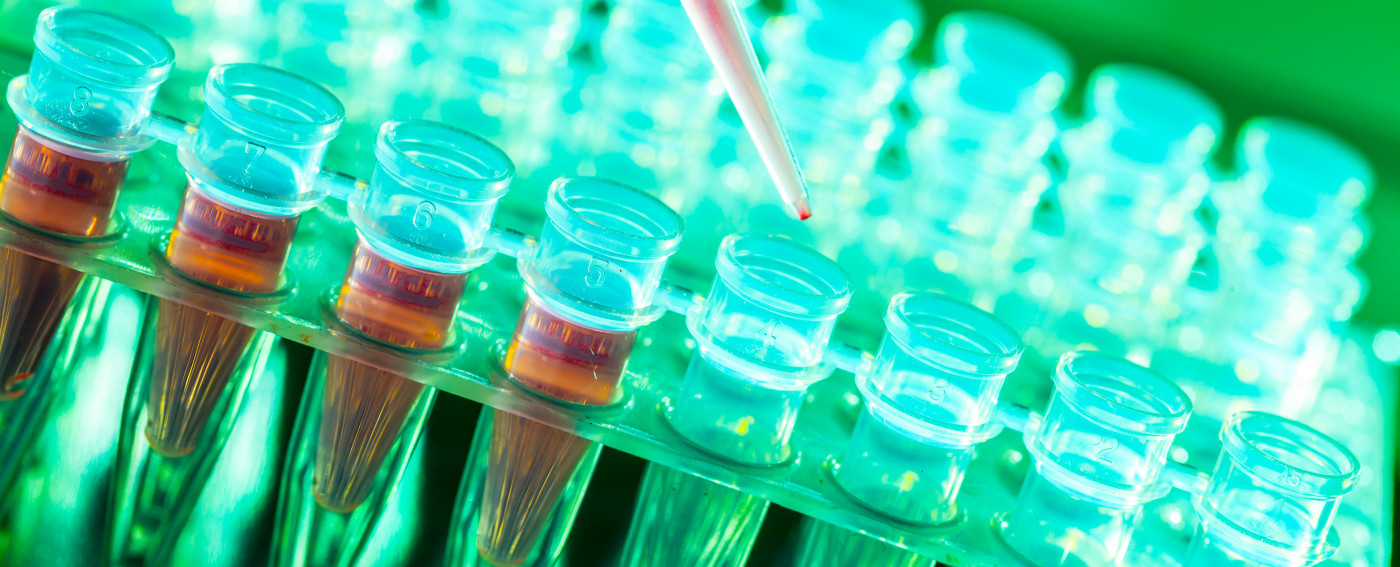Gene Therapy LYS-SAF302 Continuing to Help Sanfilippo Type A Children in Trial
Written by |

Editor’s Note: This story was updated on March 24, 2021, to include information about setbacks and safety concerns related to the AAVance trial.
LYS-SAF302, Lysogene’s experimental gene therapy for Sanfilippo syndrome type A, effectively lowered the levels of three disease biomarkers — GM2, GM3, and heparan sulfate (HS) — for up to one year in a group of children participating in the Phase 2/3 AAVance trial.
Reductions in the levels of these three biomarkers were seen specifically in the cerebrospinal fluid (CSF), the liquid that surrounds the brain and spinal cord, which is consistent with the therapy’s mode of administration directly to the brain.
According to Lysogene, these findings also support LYS-SAF302’s promising activity and therapeutic potential at treating young patients with this disease.
Biomarker data from AAVance (NCT03612869) was recently presented by Michaël Hocquemiller, PhD, head of non-clinical development at Lysogene, in a late-breaking science session at the 17th Annual WORLDSymposium, held online Feb. 8–12.
Sanfilippo type A, also known as mucopolysaccharidosis type IIIA (MPS IIIA), is caused by a mutation in the SGSH gene that leads to the toxic accumulation of heparan sulfate (HS) in cellular storage structures called lysosomes. This can also be accompanied by the buildup of GM2 and GM3 gangliosides, two sugary-fat molecules that are also thought to contribute to neuron damage in lysosomal storage diseases like MPS IIIA.
LYS-SAF302 is a one-time investigational gene therapy that is designed to deliver a healthy copy of the SGSH gene to the brain, countering the accumulation of these molecules and their harmful effects in brain cells. The therapy is administered by an injection directly to both sides of the brain.
Its safety and efficacy at improving or stabilizing the neurodevelopmental state of young patients with MPS IIIA is being explored in the ongoing and open label Phase 2/3 AAVance trial.
This trial has been through two setbacks: It was placed on a clinical hold by the U.S. Food and Drug Administration in June following the detection of brain abnormalities at the treatment injection site in some patients, and Lysogene reported the death of a study participant from an unknown cause in October. To date, there is no evidence linking the patient’s death to LYS-SAF302’s use.
The trial is ongoing in 19 children, ages 6 months and older, with cognitive development quotient (DQ) scores of 50% or higher were given a one-time injection of LYS-SAF302 directly to the brain. (DQ scores are a reflection of a child’s neurodevelopmental or cognitive delays; higher scores correspond to a lesser degree of impairment.)
Changes in cognitive development quotient scores for treated children, from baseline (study’s start) to up to two years post-treatment, is the study’s main goal. Findings will be compared to the cognitive regression reported in untreated children followed in natural history studies.
Secondary goals include assessing treatment effects on patients’ quality of life, and on the levels of multiple disease biomarkers, including HS, GM2, and GM3 gangliosides.
Lysogene recently announced data from AAVance showing that all nine children then eligible for analyses showed lower heparan sulfate levels in their CSF following treatment. Reductions in the levels of GM2 and GM3 were also reported.
More detailed biomarker data from the study, presented at the symposium, continues to support the therapy’s effectiveness at lowering levels of these harmful substances.
CSF levels of HS, GM2, and GM3 were available for nine children at baseline, for eight patients six months after treatment, and for five at one year later.
Compared with baseline measures, HS levels in the CSF dropped by 27% at six months, and by 30% at one year following treatment administration. No statistically significant changes were seen in HS blood levels over the same period, indicating that LYS-SAF302 specifically reduces heparan sulfate levels in the central nervous system (CNS; brain and spinal cord).
“The CNS-specific reduction of the disease biomarker HS is consistent with the mode of drug administration, directly into the brain, where accumulation of HS causes the predominantly neurological manifestations of MPS IIIA,” Ralph Laufer, chief scientific officer at Lysogene, said in a press release.
Importantly, no significant changes in the blood or CSF levels of dermatan sulfate (DS) or keratan sulfate (KS), two molecules similar to HS that do not accumulate inside cells of MPS IIIA patients, were seen in treated children. According to Lysogene, this confirms the therapy’s specificity at lowering the levels of heparan sulfate.
At six months post-treatment, CSF levels of GM2 decreased by 7% compared with baseline measures, and by 40% from baseline at one year post-treatment. Similarly, GM3 levels in the CSF were by 7% lower at six months and 37% lower at one year out, again compared with baseline measures.
“The reduction in secondary storage products GM2 and GM3 gangliosides, which are thought to be possible contributors to neuronal damage in lysosomal storage diseases, confirms the biological activity and therapeutic potential of LYS-SAF302,” Laufer said.
This trial is due to conclude in March 2022.





